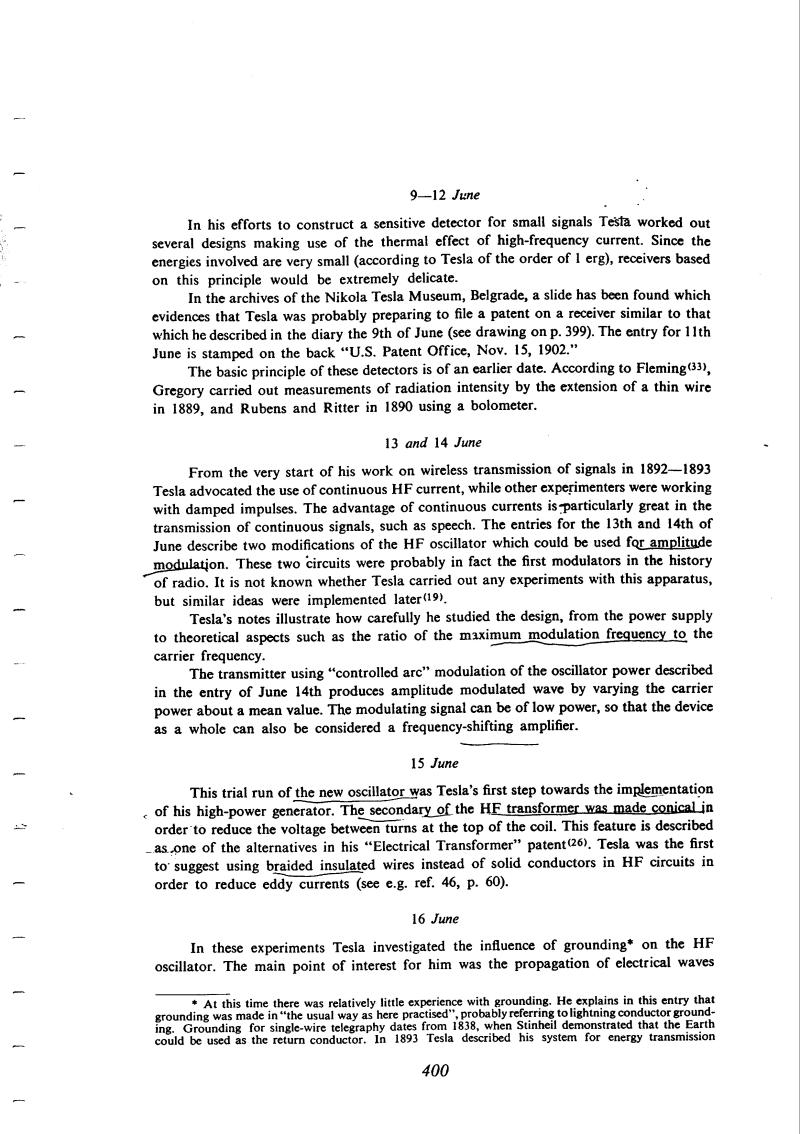
Nikola Tesla Books
Books written by or about Nikola Tesla
400
19
Fleming, J.A. THE PRINCIPLE OF ELECTRIC WAVE TELEGRAPHY AND TELEPHONY, Third ed. 1916, Longmans Green & Co. London (from now on: Fleming), p. 877.
26
Tesla: âElectrical transformerâ, U.S. Patent, 593 138, Nov. 2, 1897, Appl. March 20, 1897, P-252
33
Fleming: p. 513.
46
Zenneck J. ???LEHRBUCH DER DRAHTLOSEN TELEGRAPHIE, Verlag, Stuttgard, 1915.

